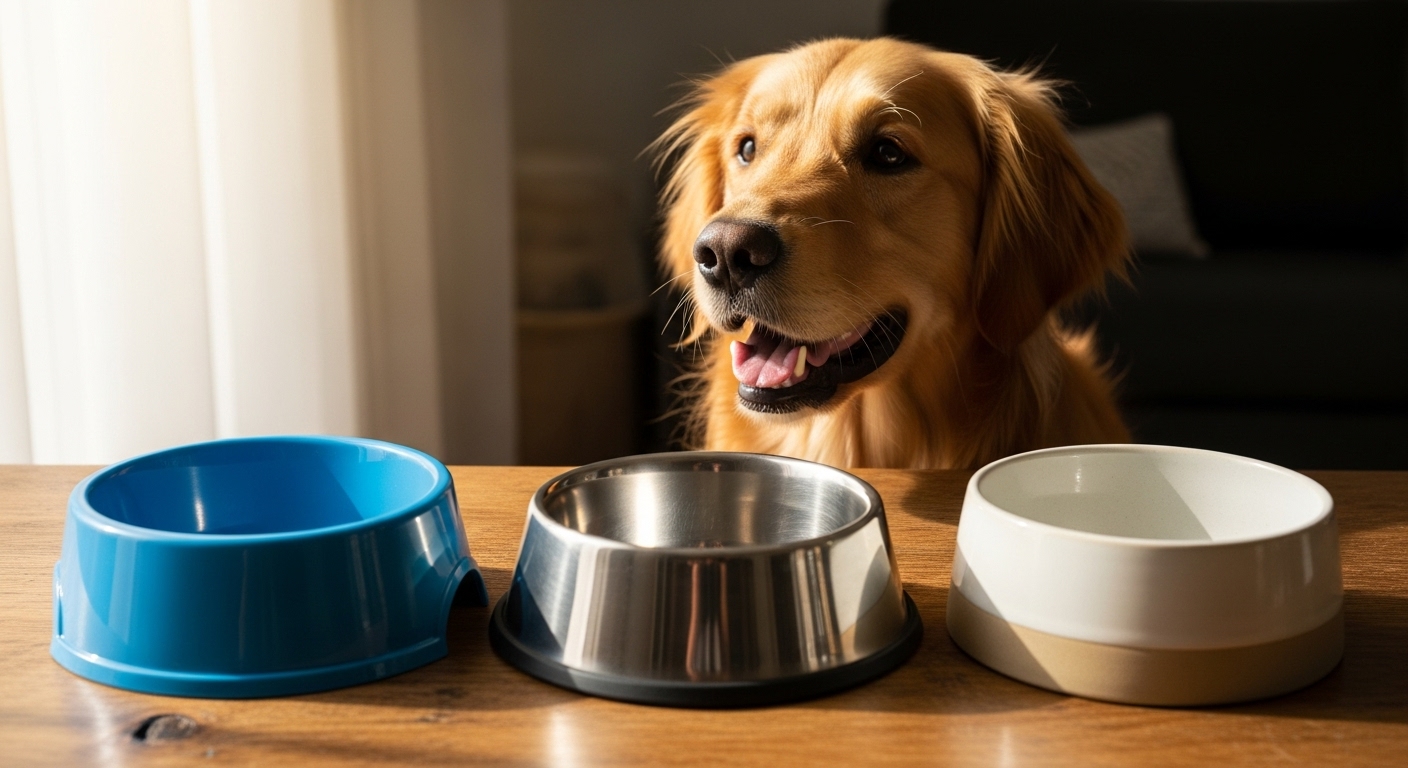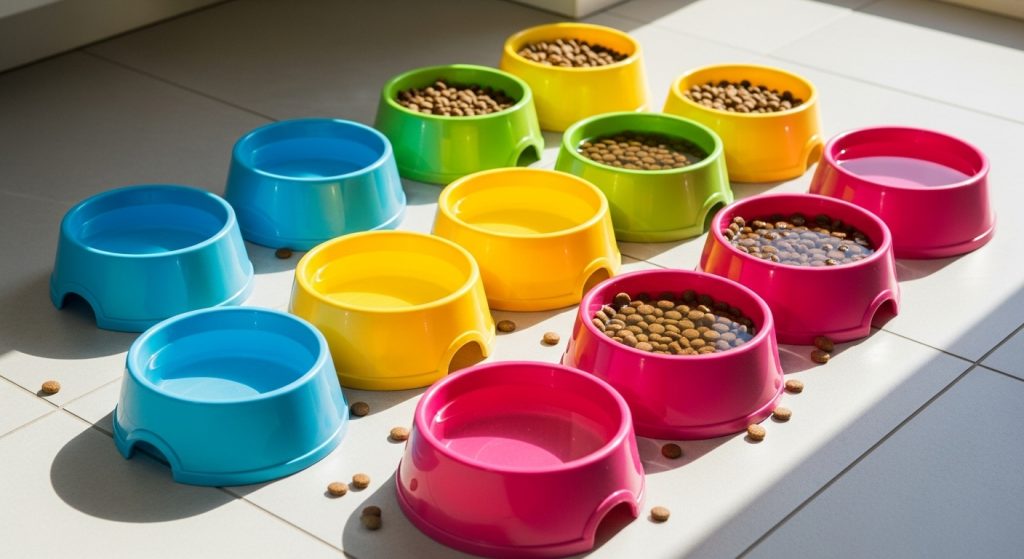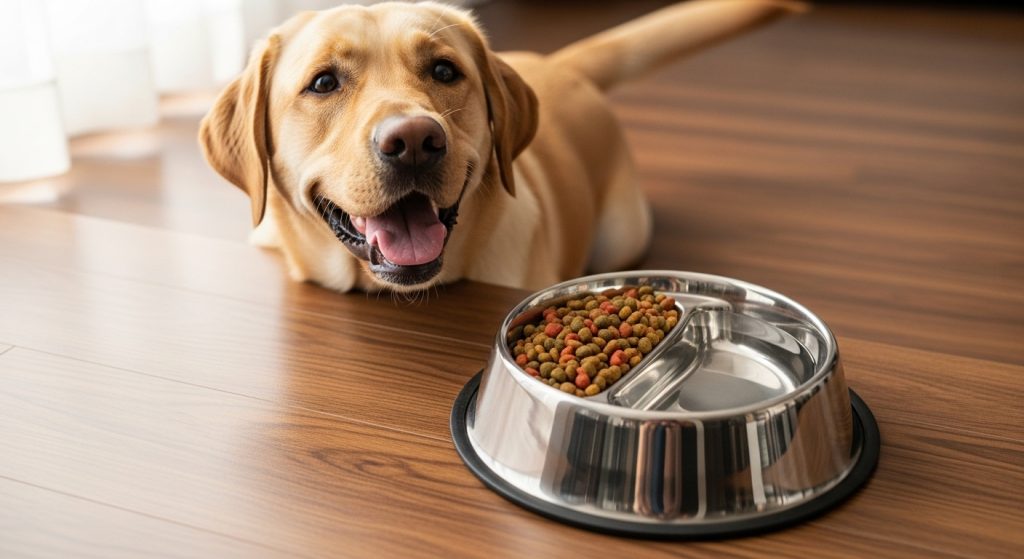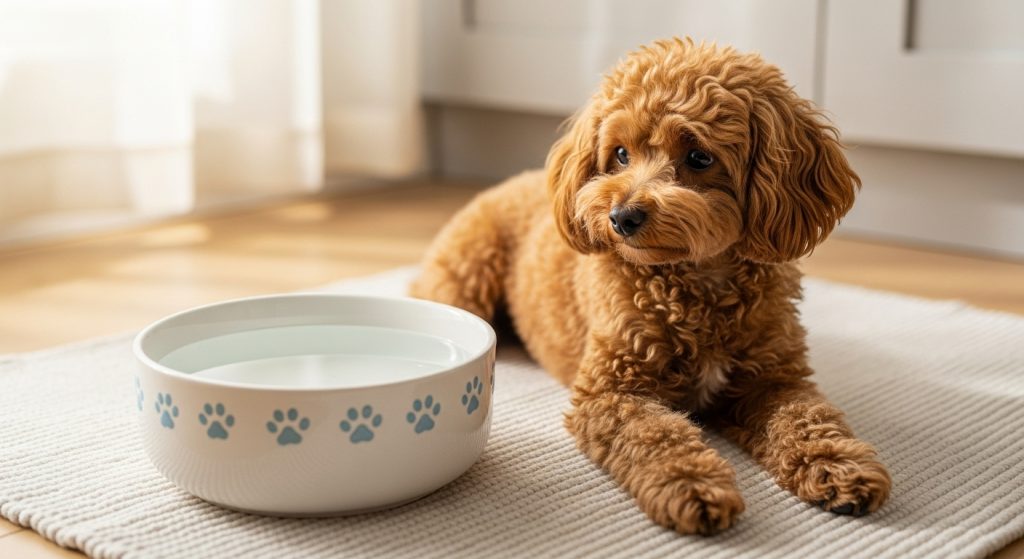Feeding your dog might seem simple, but the type of bowl you use can have a surprisingly big impact on their health and eating habits. Just like humans choose their plates and cups carefully, dogs benefit from bowls that match their needs — whether based on size, breed, or even personality.
From plastic bowls that come in fun colors, to stainless steel ones that last forever, and ceramic bowls that look stylish, there’s more to picking a bowl than meets the eye. The right choice can help prevent allergies, ensure hygiene, and even reduce mealtime anxiety.
In this guide, we’ll explore the three main types of dog bowls — plastic, stainless steel, and ceramic — and uncover which one is best for your loyal companion.
The Pros and Cons of Plastic Dog Bowls
Plastic bowls are a common choice among dog owners because they’re lightweight, colorful, and affordable. However, they also have some hidden downsides you should consider.
Advantages of Plastic Bowls
Plastic dog bowls are easy to find in pet stores and online. They come in many shapes, colors, and designs, which makes them perfect for pet parents who love style. They are also:
-
Budget-friendly: Great for multi-dog households.
-
Non-breakable: Ideal for clumsy pups or travel.
-
Lightweight: Easy to carry and clean.
Disadvantages of Plastic Bowls
Despite their popularity, plastic bowls can pose health and hygiene risks:
-
Bacteria buildup: Plastic surfaces can develop scratches that harbor bacteria.
-
Allergic reactions: Some dogs develop allergies to the chemicals in plastic.
-
Odor absorption: Plastic can hold food smells, making it unpleasant over time.
Experts recommend replacing plastic bowls frequently or switching to safer materials if your dog has sensitive skin, facial irritation, or chin acne.
When Are Plastic Bowls a Good Fit?
If you’re raising a puppy or need a light, travel-friendly bowl, plastic might be suitable temporarily. Just make sure it’s BPA-free, easy to clean, and replaced regularly.
Stainless Steel Dog Bowls — The Durable Champion
When it comes to durability and hygiene, stainless steel dog bowls lead the pack. They’re often used by veterinarians and trainers for good reason.
Benefits of Stainless Steel Bowls
These bowls are perfect for pet owners who prioritize cleanliness and safety:
-
Hygienic: Stainless steel is non-porous, meaning bacteria can’t grow easily.
-
Long-lasting: Resistant to rust, dents, and scratches.
-
Easy maintenance: Dishwasher safe and odor-free.
-
Non-reactive: Great for dogs with allergies or sensitive skin.
Many stainless-steel bowls also come with rubber bases to prevent sliding, making them perfect for enthusiastic eaters.
Drawbacks of Stainless Steel Bowls
While nearly perfect, there are a few minor downsides:
-
Less stylish: Usually plain and metallic in appearance.
-
Temperature sensitivity: Can get very cold or hot depending on surroundings.
-
Noise factor: Some dogs dislike the metallic sound of their collar or tags clinking against it.
Best Situations for Stainless Steel Bowls
These bowls are the ideal everyday option for most dogs, especially large breeds and those prone to allergies. They’re also great for outdoor feeding since they withstand all weather conditions.
Ceramic Dog Bowls — The Stylish and Safe Option
For pet parents who value aesthetic appeal and safety, ceramic dog bowls strike the perfect balance. They are heavy, elegant, and often hand-painted with beautiful designs.
Advantages of Ceramic Bowls
Ceramic bowls offer a unique combination of style and practicality:
-
Non-toxic glaze: Safe for food and resistant to bacteria.
-
Stable weight: Doesn’t slide or tip over easily.
-
Dishwasher safe: Simple to clean.
-
Aesthetic design: Complements modern home décor beautifully.
They’re often coated with lead-free glaze, making them completely safe for daily use.
Disadvantages of Ceramic Bowls
Despite their charm, ceramic bowls come with a few challenges:
-
Fragility: Can chip or break if dropped.
-
Hidden cracks: Small chips can harbor bacteria.
-
Weight: Heavy and less portable compared to plastic or steel.
To ensure your dog’s safety, inspect ceramic bowls regularly for cracks or wear, and replace them if you notice any damage.
Who Should Choose Ceramic Bowls?
Ceramic bowls are perfect for calm eaters and pet owners who love stylish, eco-friendly options. They’re also great for dogs that prefer cool water, as ceramic naturally keeps temperatures lower for longer.
Finding the Perfect Fit for Your Furry Friend
When deciding between plastic, stainless steel, and ceramic, think about your dog’s unique needs. For energetic dogs or outdoor settings, stainless steel is your best bet. If you prefer lightweight and colorful options, go for plastic—but replace them often. And if aesthetics and stability matter, ceramic bowls are hard to beat.
A simple change in your dog’s feeding setup can lead to better hygiene, fewer allergies, and happier mealtimes. Whatever your choice, keep your pup’s comfort, safety, and personality in mind.




